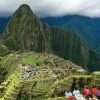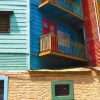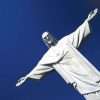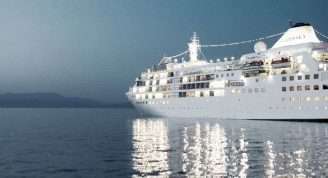Description
Get ready for the ultimate South American adventure on this 58-day Lonely Planet Experience from Ecuador through Peru, Bolivia, Argentina and Uruguay to Brazil. Explore the Amazon Jungle, trek the Inca Trail, take a 4WD through the Bolivian desert to Salar de Uyuni, experience life on a working estancia in Uruguay and witness the mighty Iguazu Falls from multiple angles. Discover the rhythm of the samba, salsa and tango, visit amazing natural wonders and get local advice from your leaders to enhance your experience. Not only have you got a crew of likeminded adventurers joining you, but plenty of independent travel time to experience South America your way. This is the mother of all Latin adventures, so brace yourself for an unforgettable journey.
- Immerse yourself in nature on a guided hike through the Amazon rainforest, spotting the unique insects and birdlife that call this precious ecosystem home.
- Spend three days at a working estancia (farm) in Uruguay, where you can spend your time getting involved in farm work, riding horses, learning gaucho culture or simply relaxing in the sun.
- Take an unforgettable 4WD adventure across the Salar de Uyuni – some of the largest salt lakes in the world. Pass cactus islands, train cemeteries and mineral lakes teeming with flamingos.
- A trip through Peru wouldn't be complete without a visit to Machu Picchu. With three different options to choose from, how you experience this lost Inca citadel is up to you.
- After seeing its virgin rainforests, blue lagoons and splendid beaches, you’d never imagine that Ilha Grande had such a treacherous pirate history. This is true natural beauty, Brazilian style.



















